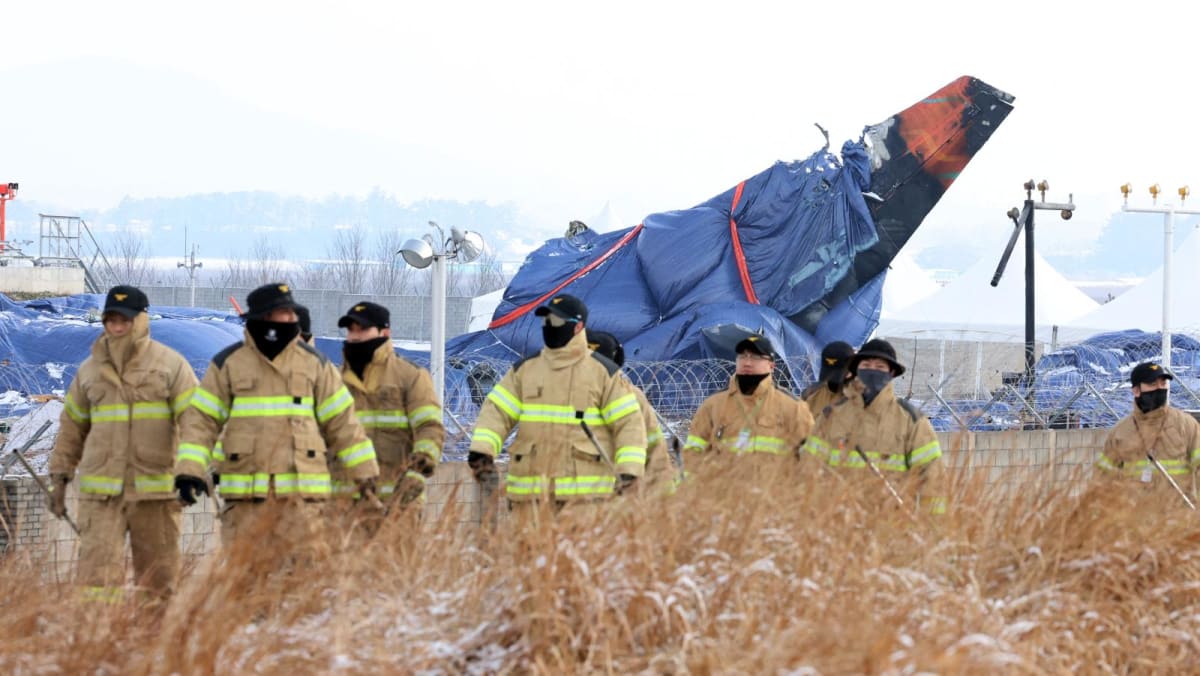EU Commission plans to make freight transport greener in new measures

The commission has also proposed amending the size of heavy-duty vehicles (HDVs) – such as trucks and buses – for the first time since the 1990s in order to accommodate the weight of batteries as the European fleet shifts to electric vehicles. Currently, about 96 per cent of trucks weighing over 3.5 metric tons run on diesel.
For instance, a standard 40 metric ton truck would see an additional 4 metric tons added to its maximum weight restriction while hydrogen-powered trucks would be longer. These shifts are expected to encourage the purchase of zero-emission trucks. With technology expected to bring about lighter batteries, the extra weight allocation can instead be used to carry more goods.
The legislation also seeks to smooth over cross-border restrictions and mandate the use of built-in road detectors to check for weight infractions in an effort to reduce pollution, infrastructure strain and overall congestion that costs the EU 230 billion euros (US$253 billion) a year.
Rail freight transport, accounting for over 50 per cent of rail traffic, suffers from similar cross-border regulation inconsistencies and poor traffic management.
The commission is proposing measures to set up a central coordination mechanism between national infrastructure managers and harmonised penalties for those that book up unnecessary slots. The managers would also coordinate with the growing number of passenger sleeper trains that will increasingly compete with freight for nighttime slots.
Source: CNA















